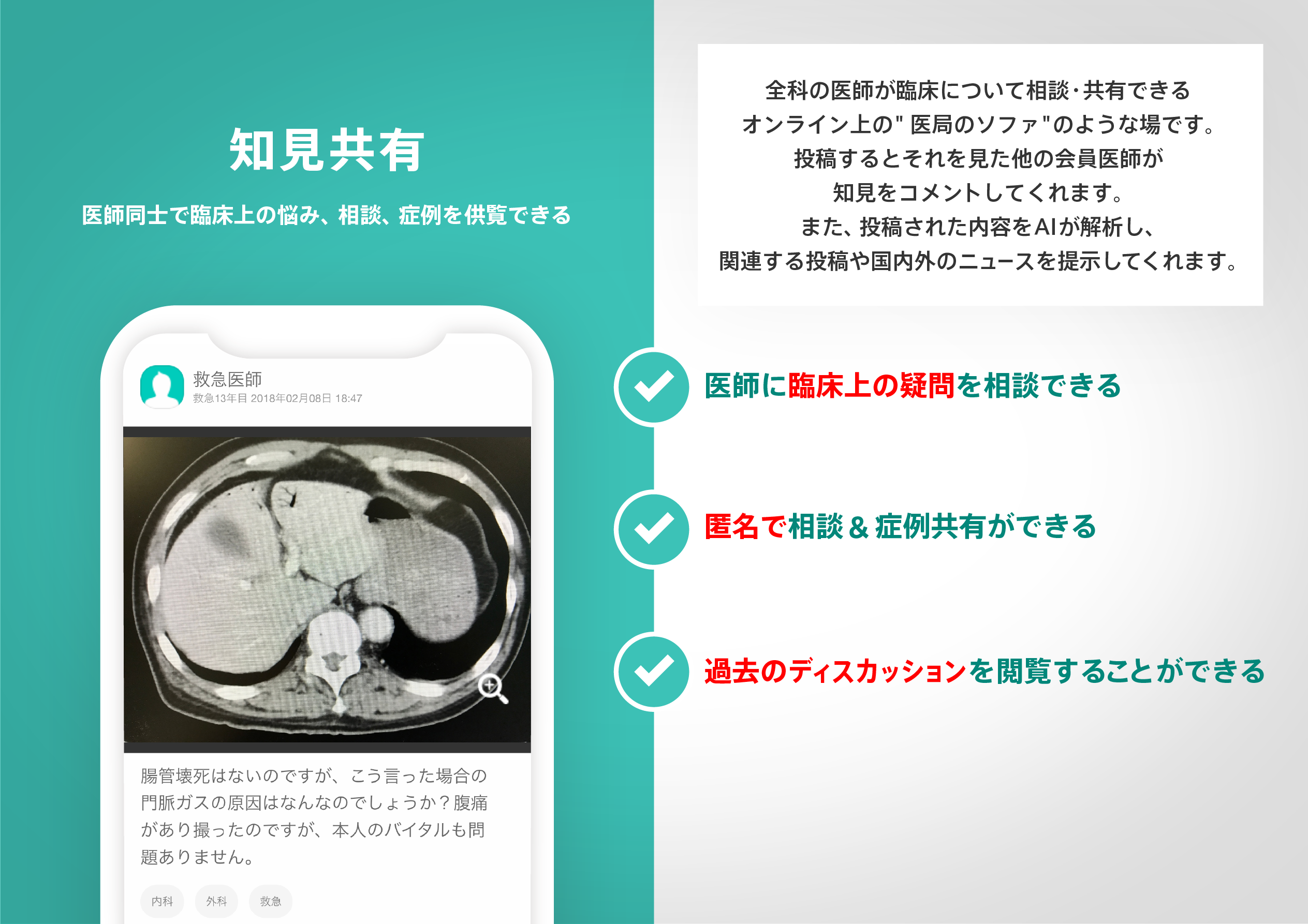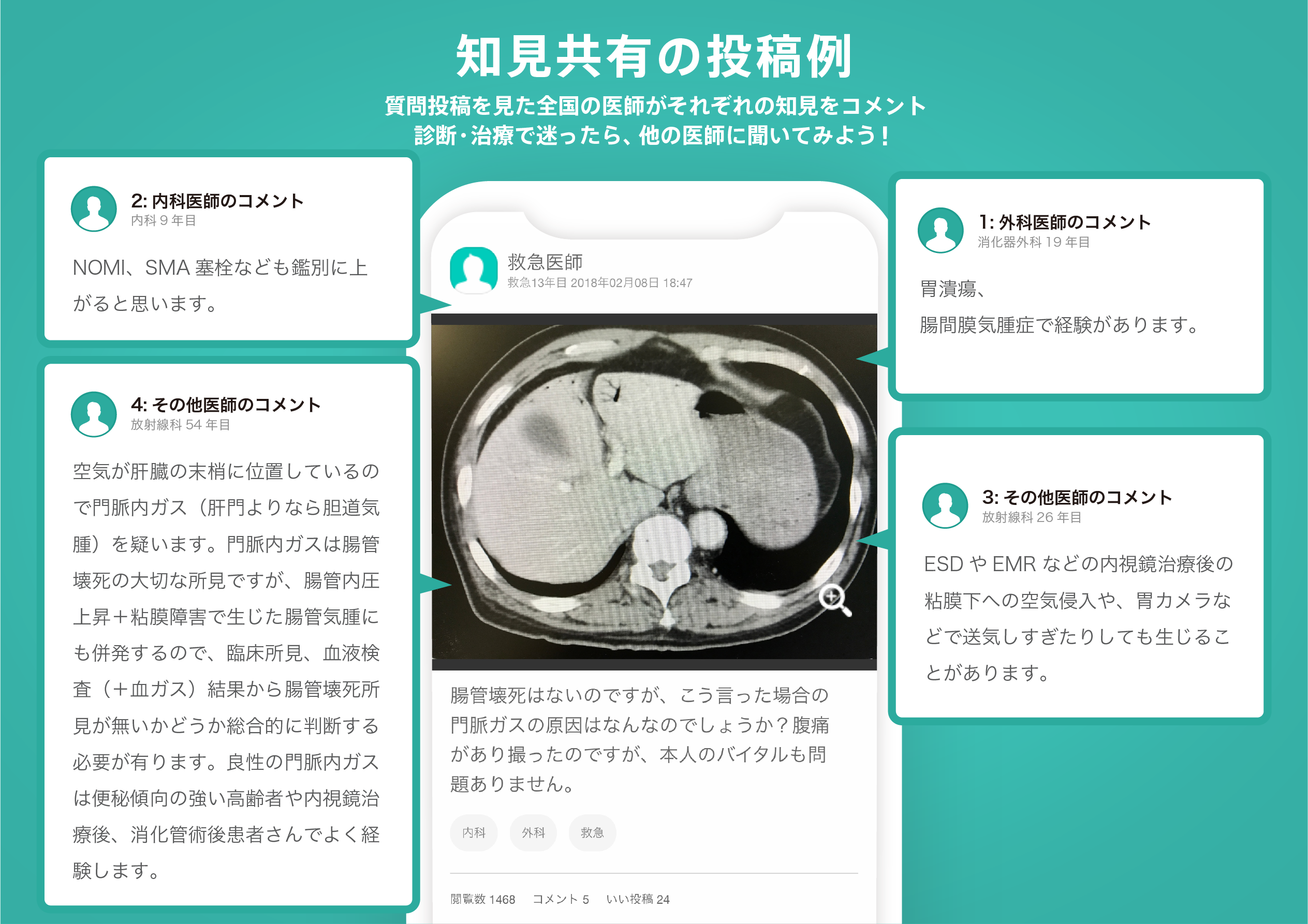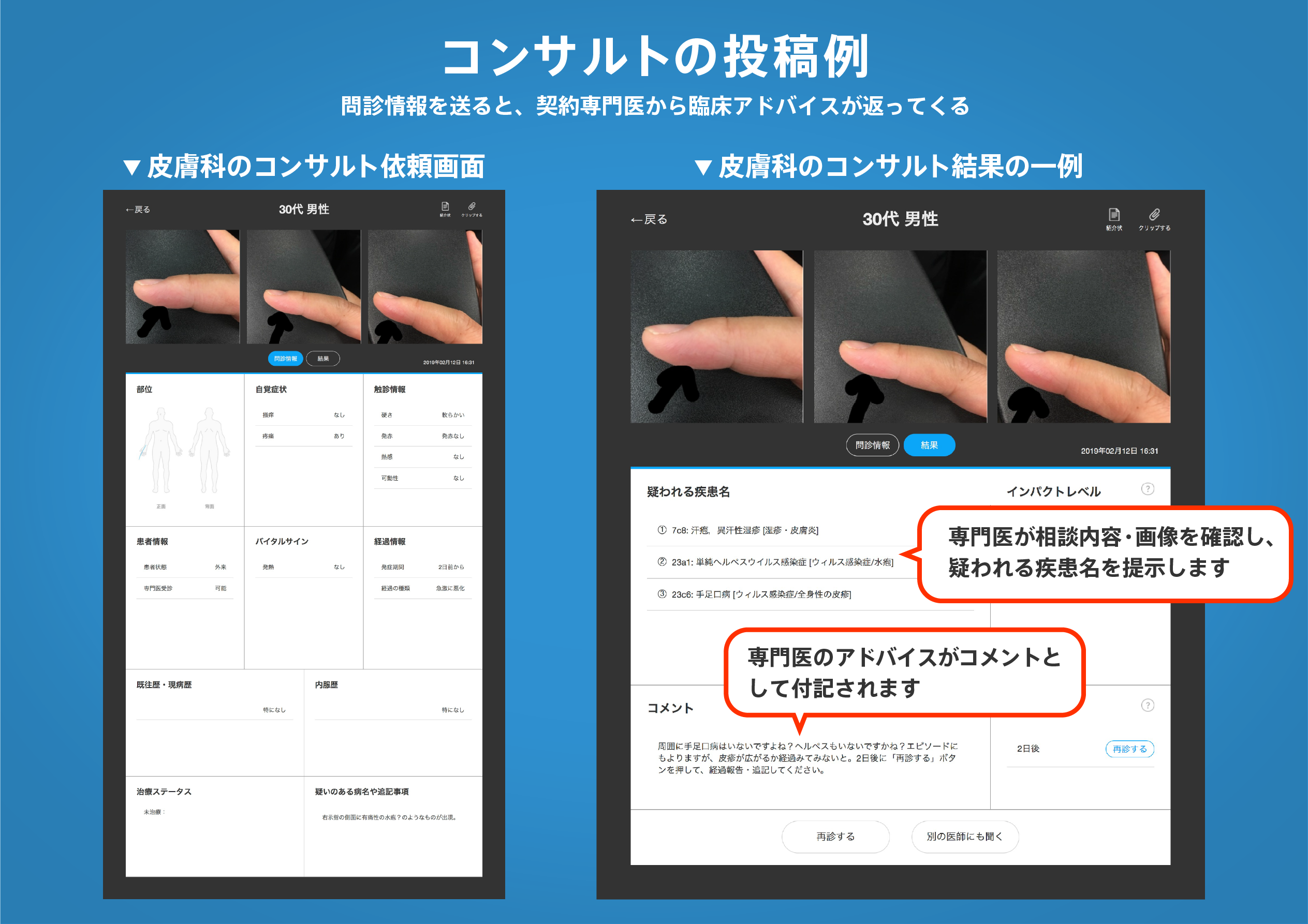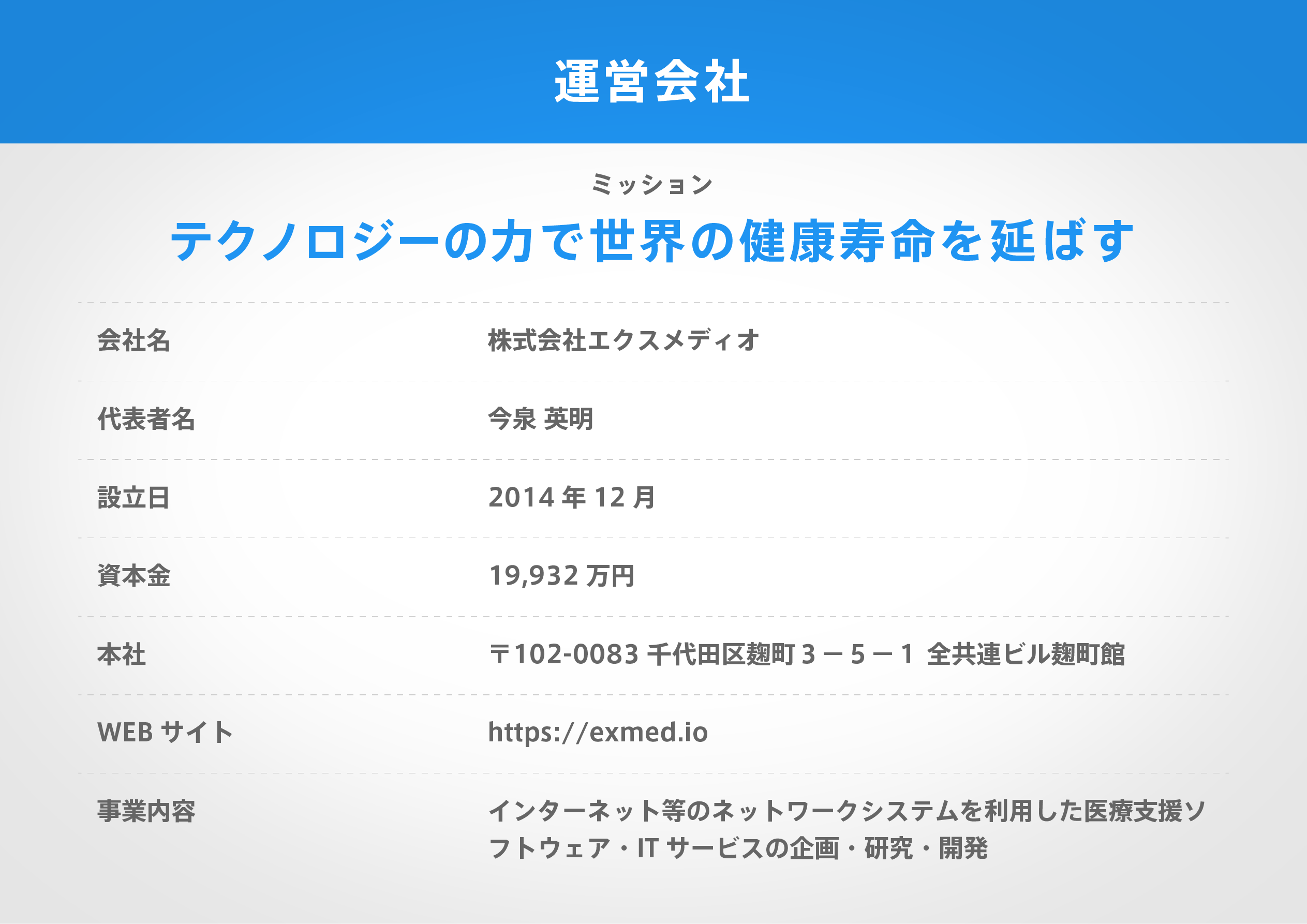著名医師による解説が無料で読めます
すると翻訳の精度が向上します
カロテノイドは、潜在的な抗酸化および抗炎症効果を持っています。それらの保護的役割は、メタボリックシンドローム(METS)の病因に特に興味深いものです。反射分光法は最近、カロテノイドの血清濃度と高度に相関する皮膚カロテノイド(SC)レベルを非侵襲的に測定するために開発されました。SCレベルとメタボリックシンドロームの関係が調査されています。私たちは、大規模な健康診断集団におけるMetSの有無にかかわらず、参加者間の患者の特性とSCレベルの違いを特定することを目指しました。さらに、SCレベルとMetSに関連するさまざまな臨床パラメーターとの関係が調査されました。SCレベルは、反射分光法を使用して測定されました。合計1812人の日本人参加者(男性859人、女性953人、平均年齢±標準偏差(SD)、57.8±11.0歳)、つまりMETSの参加者(n = 151)およびMetSのない参加者(n = 16611)。METSに関連する変数を特定するために、多変量ロジスティック回帰分析が実行されました。対照(377.3±122.8)と比較して、SCインデックスはMETS患者で有意に低かった(340.7±112.5、P = 0.0004)。多変量モデルはまた、年齢、性別、喫煙習慣、およびMetSのその他の潜在的な危険因子の調整後、より低いSCがMETSと有意に関連していることを示唆しました。さらに、男性の性別(p <0.0001)、喫煙習慣(p <0.0001)および脂質プロファイルの悪化(すなわち、血清トリグリセリド(r = -0.1039、p <0.0001)、高密度リポタンパク質(r = 0.1259、p <0.0001)、および低脂質脂質科薬の使用(p = 0.0340))は、SCレベルの低下と有意に関連していた。現在の研究では、SCレベルが低いことがMETSと有意に関連していることが示されました。この研究では、METS患者のカロテノイドの抗酸化能力と、侵襲的で費用対効果の高いSC測定の臨床的有用性を強調し、大衆のMETを発症するリスクがある参加者を検出します。
カロテノイドは、潜在的な抗酸化および抗炎症効果を持っています。それらの保護的役割は、メタボリックシンドローム(METS)の病因に特に興味深いものです。反射分光法は最近、カロテノイドの血清濃度と高度に相関する皮膚カロテノイド(SC)レベルを非侵襲的に測定するために開発されました。SCレベルとメタボリックシンドロームの関係が調査されています。私たちは、大規模な健康診断集団におけるMetSの有無にかかわらず、参加者間の患者の特性とSCレベルの違いを特定することを目指しました。さらに、SCレベルとMetSに関連するさまざまな臨床パラメーターとの関係が調査されました。SCレベルは、反射分光法を使用して測定されました。合計1812人の日本人参加者(男性859人、女性953人、平均年齢±標準偏差(SD)、57.8±11.0歳)、つまりMETSの参加者(n = 151)およびMetSのない参加者(n = 16611)。METSに関連する変数を特定するために、多変量ロジスティック回帰分析が実行されました。対照(377.3±122.8)と比較して、SCインデックスはMETS患者で有意に低かった(340.7±112.5、P = 0.0004)。多変量モデルはまた、年齢、性別、喫煙習慣、およびMetSのその他の潜在的な危険因子の調整後、より低いSCがMETSと有意に関連していることを示唆しました。さらに、男性の性別(p <0.0001)、喫煙習慣(p <0.0001)および脂質プロファイルの悪化(すなわち、血清トリグリセリド(r = -0.1039、p <0.0001)、高密度リポタンパク質(r = 0.1259、p <0.0001)、および低脂質脂質科薬の使用(p = 0.0340))は、SCレベルの低下と有意に関連していた。現在の研究では、SCレベルが低いことがMETSと有意に関連していることが示されました。この研究では、METS患者のカロテノイドの抗酸化能力と、侵襲的で費用対効果の高いSC測定の臨床的有用性を強調し、大衆のMETを発症するリスクがある参加者を検出します。
Carotenoids have potential antioxidant and anti-inflammatory effects; their protective roles are of particular interest in the pathogenesis of metabolic syndrome (MetS). The reflection spectroscopy method has been recently developed to noninvasively measure skin carotenoid (SC) levels, which highly correlates with serum concentration of carotenoids. The relationship between SC levels and metabolic syndrome has been investigated. We aimed to identify the differences in patient characteristics and SC levels between participants with and without MetS in a large health examination population. In addition, the relationships between SC levels and various clinical parameters related to MetS were investigated. SC levels were measured using a reflection spectroscopy. A total of 1812 Japanese participants (859 male, 953 female; mean age ± standard deviation (SD), 57.8 ± 11.0 years) comprised the study population, i.e., participants with MetS (n = 151) and those without MetS (n = 1661). Multivariate logistic regression analysis was performed to identify variables associated with MetS. Compared to controls (377.3 ± 122.8), SC indices were significantly lower in patients with MetS (340.7 ± 112.5, p = 0.0004). Multivariate models also suggested that lower SC was significantly associated with MetS after adjustment for age, sex, smoking habit, and other potential risk factors for MetS. Furthermore, male gender (p < 0.0001), smoking habit (p < 0.0001) and worse lipid profiles (i.e., serum triglyceride (r = -0.1039, p < 0.0001), high-density lipoprotein (r = 0.1259, p < 0.0001), and usage of hypolipidemic agents (p = 0.0340)) were significantly associated with lower SC levels. The current study indicated that lower SC levels were significantly associated with MetS. This study highlights the antioxidant capacity of carotenoids in patients with MetS and the clinical utility of non-invasive and cost-effective SC measurement to detect participants who are at risk of developing MetS in a large population.
医師のための臨床サポートサービス
ヒポクラ x マイナビのご紹介
無料会員登録していただくと、さらに便利で効率的な検索が可能になります。






